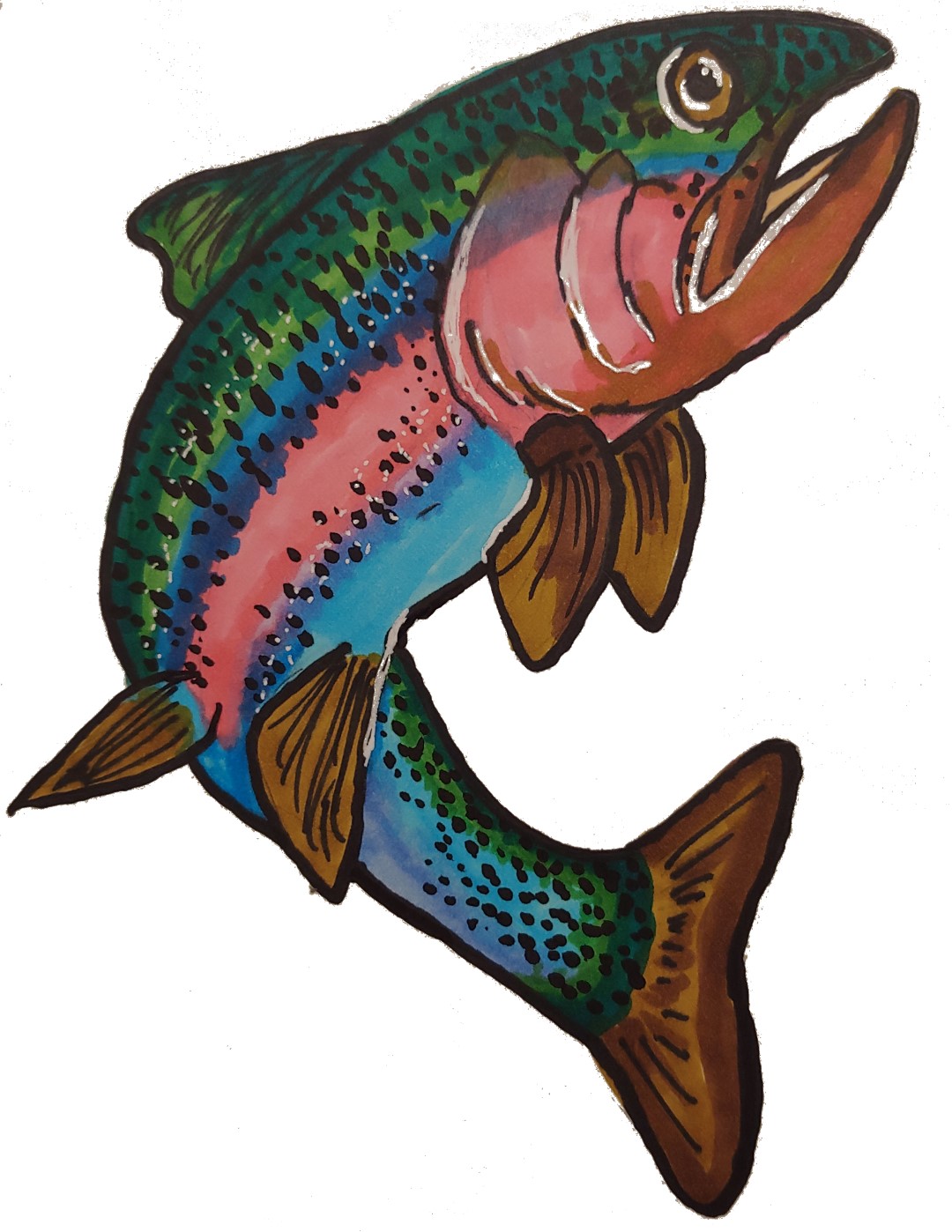
Fishy business
By Jessica Berget, Assistant Editor
Warmer water holds more oxygen, and this makes it harder for cold-water fish to breathe. And, since they are cold-blooded, it is harder for them to regulate their body temperature when it becomes too hot or cold.
To some Canadians, salmon is a symbol of our country. The tough and resilient fish are known for swimming against strong currents to get back to where they originally hatched. However, over the years the population of salmon has been steadily declining and there are many different environmental and human reasons for their losses. Some restaurants and chefs have even taken this fish off their menus in an effort to conserve the signature dish.
Yet, taking this food off the menu isn’t enough to quell the other factors for the salmon’s decline. In fact, the Pacific salmon catch of 2020 was the lowest recorded since 1982. Knowing the lifestyle of this particular fish is necessary in properly understanding why and how the population is declining.
There are five different species of Pacific salmon that swim in BC’s waters: chum, soho, sockeye, the small and plentiful pink salmon, and the largest (and most at risk) chinook. Every year the salmon hatch in freshwater rivers and then swim to the Pacific Ocean where they gain 99 percent of their weight and then return to their home streams where they spawn then die to continue their species. Recently, it has become harder for them to complete this natural life cycle.
Rising global temperatures, overfishing and illegal fishing, infrastructure, viruses from fish farms, natural predators, and pollutions are among the many reasons for the salmon’s demise. This year’s record-breaking heatwaves have also taken a toll on the salmon population as many salmon won’t or can’t migrate in warm waters.
Atlantic and Pacific salmon are cold-water fish and struggle in water over 20 degrees Celsius. Warmer water holds more oxygen, and this makes it harder for cold-water fish to breathe. And, since they are cold-blooded, it is harder for them to regulate their body temperature when it becomes too hot or cold. Warm-water temperatures also make fish metabolise faster—and this makes it so that they need more oxygen and food. All of this forces them to find colder waters, and that takes up a lot of energy. Because of this, some salmon don’t survive to spawn, and the ones that do produce less healthy offspring. However, this didn’t happen all at once; the population has been steadily declining over for decades.
Salmon is integral to BC’s nature balance as many large animals including bears, orcas, whales, and seals make the fish their primary diet and the fish help over 130 different species of floral and fauna. The Canadian government has made some changes to potentially rectify the salon population though; they have introduced the $647 million Pacific Salmon Strategy Initiative and have closed 60 percent of their commercial Pacific salmon fisheries.
On the other hand, some say salmon may adapt to these climate changes and still populate. Sue Grant, the head of the state of salmon program at Fisheries and Oceans Canada, says that no one is worried about salmon completely disappearing—and there are signs of them evolving to these changes as animals do. Atlantic and Pacific salmon are now being found more up north and northern populations are doing well.

